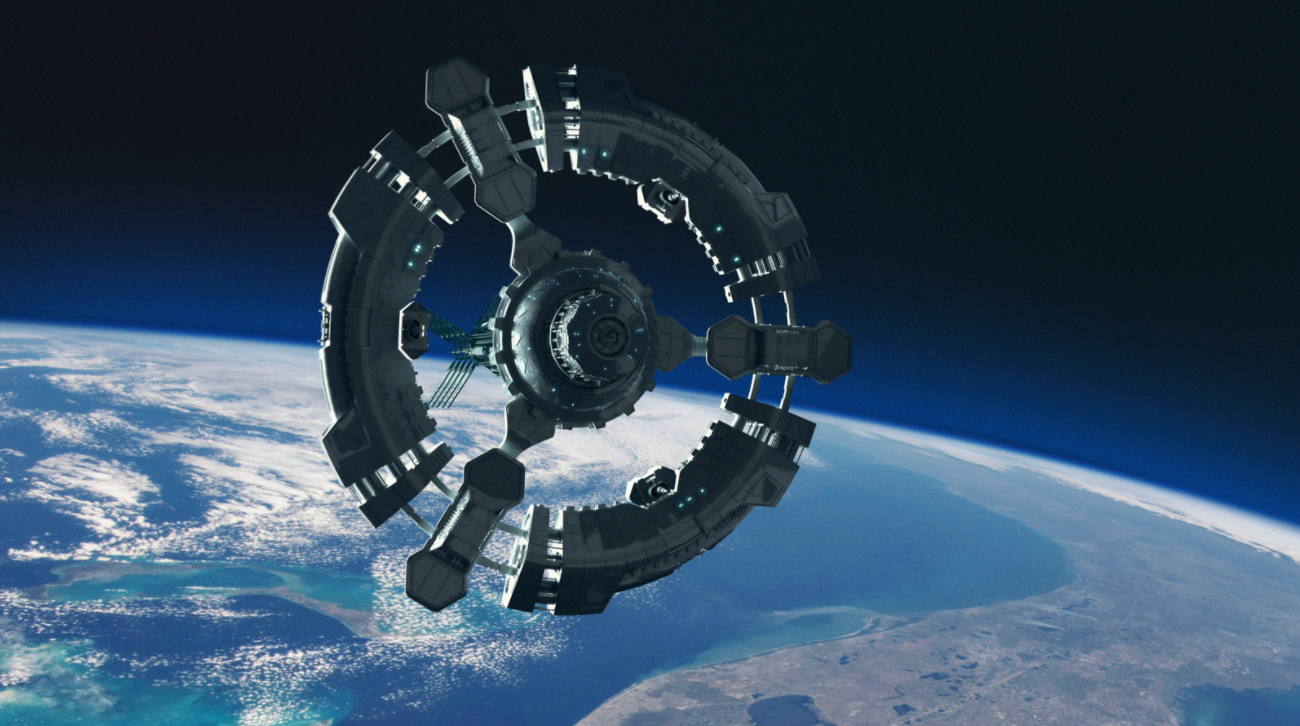The innovations created within the new age of space exploration have been truly monumental. From reusable rockets to autonomous, AI-enabled vehicles, space exploration has developed many solutions to further humanity’s presence in space. Of course, with these innovations come some challenges that demand our attention so that we can create a more efficient and stable space environment for professional astronauts and future commercial visitors alike.
New Regulatory Frameworks
In NewSpace, there is an evolving revolution as new players and commercial entrepreneurs enter a field traditionally occupied by institutional mainstays and nation-states. New services are offered through applications like space-spaced data (precision navigation, surveillance, etc.) to more futuristic opportunities like asteroid mining and commercial space tourism to deep space and the Moon. Successful entrepreneurs like Elon Musk and Jeff Bezos have entered the sector, tackling challenges and the conservatism of the established space strategies.
One of the first challenges is to ensure a new regulatory framework. The current one for Low Earth Orbit (LEO) needs to be further developed and enforced to manage increasing space traffic, which will help prevent collisions or interferences between assets from different companies amd nations. This regulatory rework should also apply to the Medium (MEO) or Geosynchronous Earth Orbit (GEO), along with interplanetary exploration. Regulations that respect established treaties and principles like the Outer Space Treaty should be implemented, but there should also be completely fresh perspectives brought to the table in recognition of how much the industry has changed since the existing treaties were crafted.
Where there are current regulations that are largely followed by stakeholders, like the satellite sector, the challenge is to stay on top of technological progress and market evolution. Keeping this challenge in mind, there are opportunities to develop new regulations that create further technical evolution in the sector.
Additionally, the overcrowded radio-frequency spectrum and the sustainability of space threatened by growing space debris needs to be better addressed. Solutions that are beneficial to various stakeholders, including government entities and commercial companies, need to be established and implemented.
The development of rules and regulations must be mitigated to not limit the productivity and growth of new enterprises. Space laws should also preserve the freedom to create new ideas and implement new technology applications. The challenges will be to balance both these requirements; a regulatory framework that protects stakeholders, country interests and human rights, while also maintaining the ability to develop and take advantage of new technologies.
Large Space Structures
Large Space Structures (LSS) are a major area that has been studied for decades, although progress has been slow. The ability to deploy LSS is also a factor that can enable a wide range of applications, but they present many challenges which depend on the specific area for which it’s being used.
Instruments including telescopes, antennas, and cameras require large high-precision reflective surfaces. These current methodologies, based on the deployment of precise machinery and polished mirrors that can be adjusted by actuators, are limited by size and the abundance of segments that can be deployed. Additionally, there is the substantial costs that must be considered. For instance, various deployable solutions have been proposed for antennas, including inflatables to tensegrity structures. Overall, new lightweight technologies have to be developed and launched to increase payload and launch efficiency without limiting the quality of the final reflector.
Future applications like Satellite Solar Power are challenging due to their size. Here, packaging efficiency needs to be realized, including on-orbit deployment and assembly capabilities that are currently just beyond today’s technological readiness.






